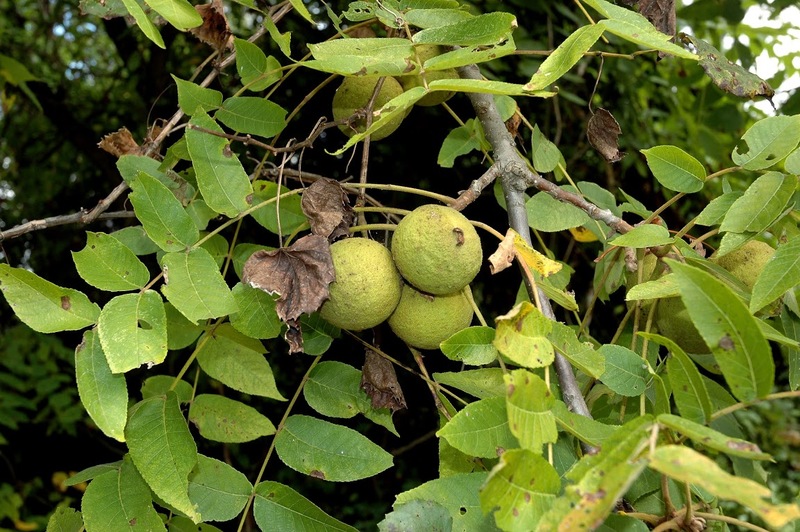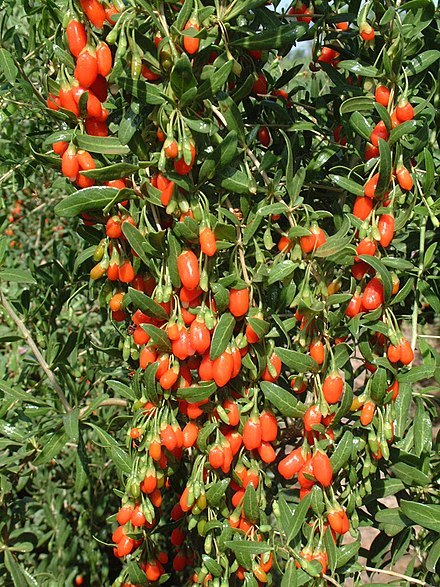Description
The White Willow (Salix alba) is a large, deciduous tree native to Europe and Western and Central Asia. It is typically found near water sources, such as rivers and streams. The tree can grow up to 40 meters tall, with a trunk up to 1.5 meters in diameter. The bark is thick and rough, and ranges in color from gray to brown. The leaves are long and narrow, with a silvery-green color on the underside and a dark green color on the top. The tree produces small, yellow flowers in the spring.
White Willow prefers moist, well-drained soil and full sun, but can tolerate a wide range of conditions. It is not particularly winter hardy, and may require protection in cold climates. The tree is often used for erosion control and as a windbreak, and its wood is used for a variety of purposes, including making furniture and paper.
The bark of the White Willow contains salicin, which is a precursor to aspirin. It has been used medicinally for centuries to treat headaches, fever, and pain. The bark can be dried and ground into a powder, or made into a tea. The leaves and young shoots are also edible, and can be cooked and eaten like vegetables.
In addition to its medicinal uses, the White Willow provides habitat and food for a variety of wildlife, including birds and small mammals. It is an important source of nectar for bees and other pollinators.


